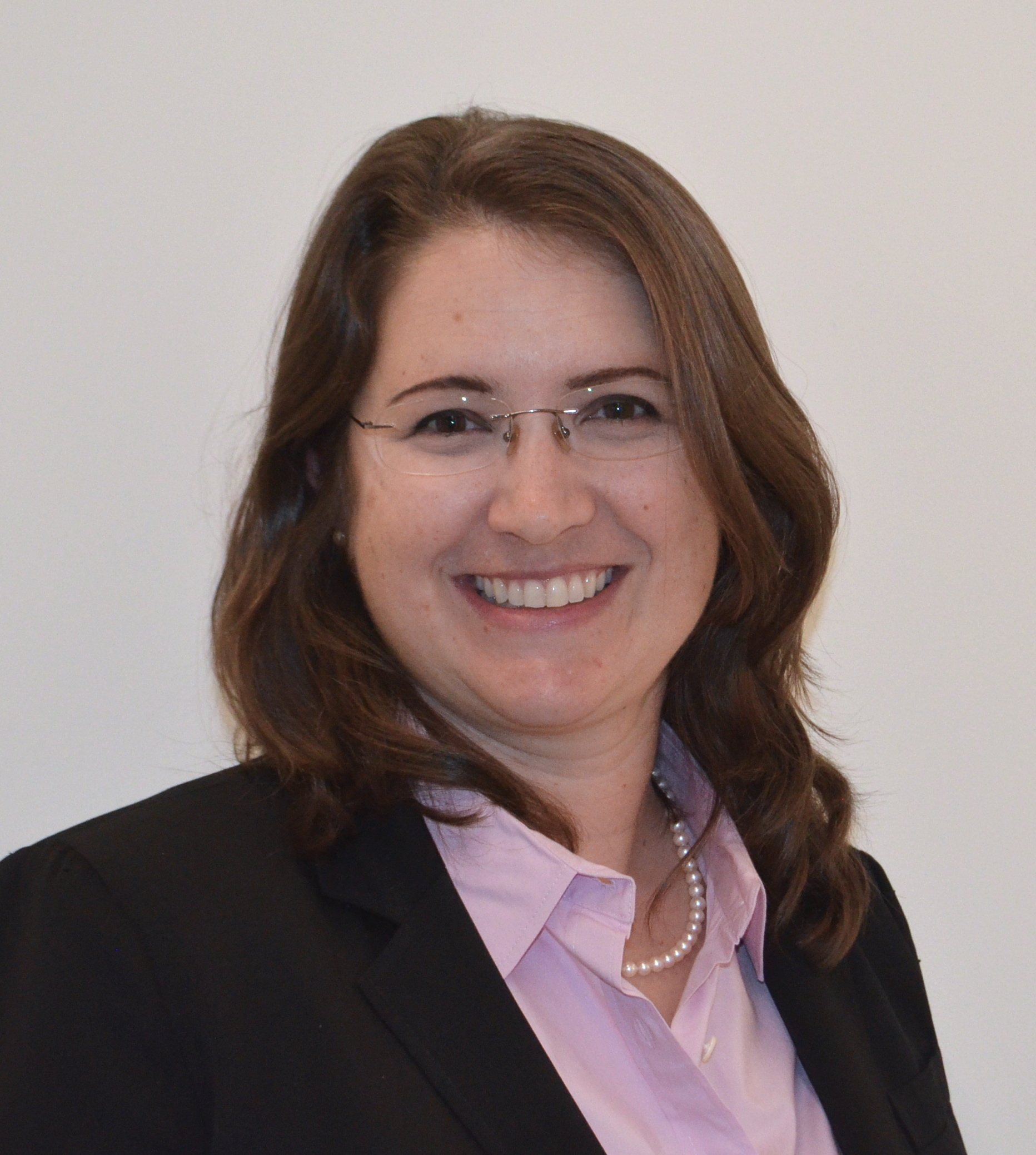Ignore the Bad Advice — All Kids Need Autism Screening (Op-Ed)


Alycia Halladay is the chief science officer of the Autism Science Foundation. She contributed this article to Live Science's Expert Voices: Op-Ed & Insights.
Universal screening for autism improves the lives of kids with autism spectrum disorders (ASD) and other developmental disorders. This practice needs to continue uninterrupted, despite a statement the United States Preventative Services Task Force made recently in JAMA. Established in 1984, USPSTF is an independent, volunteer-run panel of national experts who make recommendations that affect the health of Americans with conditions treated by different fields of medicine.
Recently, the group evaluated published, peer-review studies to determine whether there was enough evidence to bless this practice. In August 2015, USPSTF released its preliminary recommendation, which was actually no recommendation at all. Instead, USPSTF stated that there was "insufficient evidence" to endorse screening for all children, meaning the practice got an "I" rating. The factor that weighed the most heavily on this decision was the lack of a randomized control trial that could reveal whether screening improved outcomes.
Here's how such a study would work: Researchers would select a group of kids, at random, from a group and refer them for screening. The same researchers would also randomly select another group of toddlers from this same group and make sure they were not screened. Then, all kids would be tracked for a number of years to determine the effect of screening on longer term outcome. Given that the American Academy of Pediatrics (AAP) already endorses screening for autism spectrum disorder at 18 and 24 months, such a study would be unethical. But even if this unethical design could be implemented, scientists would have to then follow these children for up to seven years to determine their outcomes. This would be a very expensive endeavor, and evidence just shy of this type of study has already shown that when it comes to intervention for autism, the earlier the better. [Checkup at Age 1 Could Catch Early Autism Signs]
Since the task force realized that this type of study would be infeasible in the United States, the group — quite absurdly — recommended conducting it outside the United States, where there are no pesky complications of professional societies and existing practice guidelines.
Between August of last year, when the draft recommendations were made, and Tuesday of last week, when the final recommendations were published, the task force held a mandatory public comment period. During that time, many advocacy groups, including the Autism Science Foundation and Autism Speaks, wrote letters disagreeing with the "I" rating.
In addition, dozens, if not hundreds, of researchers, scientists and public health advocates commented.
Get the world’s most fascinating discoveries delivered straight to your inbox.
Many were of the strong opinion that while the penultimate randomized clinical trial was not completed, there was sufficient indirect evidence to demonstrate the benefits of screening all children for autism. Rigorously designed studies have shown the benefits of such screening for children many years after the treatment ends. While the task force acknowledges that there is enough evidence to support screening when a parent or health care provider has a concern, the group said it feels that such criteria do not apply to all children.
There are at least three problems with conducting screening only when there is some existing concern:
First, the task force acknowledges that the tools used to screen for ASD, like the Modified Checklist for Autism in Toddlers (M-CHAT), work. These tools identify autism early. Even for those children who screen as positive for autism and then don't receive a diagnosis, M-CHAT still identifies areas of behavioral concern where early intervention can be helpful.
Second, most screening tools ask questions that elicit careful and directed consideration about behaviors seen, or not seen, during children's various developmental periods. In this situation, the screening questions are meant to identify issues in toddlers that may not be apparent to caregivers, especially first-time parents.
Third, Hispanic and African-american children are diagnosed later or less often than Caucasian children. This racial disparity in when the children are first seen for a developmental evaluation emerges for children as young as 4 years of age. Universal screening picks up on all children, without discriminating against parents based upon race, cultural beliefs, education, or access to information on childhood developmental milestones or areas for concern.
The task force acknowledges the indirect evidence showing that screening does lead to better outcomes. However, the group said it does not feel the evidence is sufficiently compelling. That opinion is not shared by most in the research and scientific community, based on the evidence presented in several communications (both written and verbal) to the task force. Multiple studies, including a randomized clinical trial, have demonstrated the benefits of early intervention for autism for many people with the condition. While the criteria for what is considered adequate indirect evidence may have prevented the task force from using existing research findings, the evidence is there, and early intervention results in almost amazing outcomes for many, though not all, individuals with ASD.
In reality, USPSTF's lack of a recommendation should be of no concern to practicing health care workers. Waiting for parent or clinician concern for a referral deprives many children of access to early intervention programs and is harmful to children with ASD who have yet to be fully identified for referral to early intervention. [Do Girls Have 'Protection' from Autism? (Op-Ed)]
The statement published in JAMA last week should not prevent individual health care providers from providing the best care for their patients and screening all children despite the signs they show in an office visit or the interpretation of symptoms identified by parents.
The USPSTF call for research is meaningless, because the organization has no influence over U.S. National Institutes of Health (NIH) funding, and the NIH is working with a limited budget available for a vast array of needs in the autism community. Thankfully, due to the provisions of insurance mandates, the USPSTF statement should not affect reimbursement for screening. The scientific and public health communities have moved past the question of whether all children should be screened, now focusing on better implementation of procedures and use of technologies to make sure clinics are utilizing proper screening protocols.
Most importantly, the AAP, the professional organization that provides guidance to thousands of pediatricians nationwide, has remained steadfast in its commitment to the health and well-being of all children by reinforcing its recommendations of autism screening at 18 and 24 months of age.
What do parents need to know? Come prepared to your next well-child visit. Consider using the M-CHAT, a validated developmental screening tool for toddlers between 16 and 30 months of age. Developed and validated by autism expert Diana Robins at Drexel University in Philadelphia and her colleagues, it can help identify children who may benefit from a more thorough evaluation.
There are also excellent video resources available online for parents to see what the early signs and symptoms of autism look like, and even compare and contrast those symptoms with typical developmental behaviors. The newly introduced Autism Navigator, developed with autism expert Amy Wetherby at Florida State University, is a wonderful visual resource that is free to families. It's also being piloted in communities with different racial, ethnic and socioeconomic backgrounds.
Our organization and many others hope that health care providers in all communities choose not to give the task force recommendations any weight, and instead flat out disregard them. What matters is that pediatricians, health care providers and, importantly, parents understand that screening in all children is the essential first step toward improving outcomes in children who are ultimately diagnosed with autism.
Follow all of the Expert Voices issues and debates — and become part of the discussion — on Facebook, Twitter and Google+. The views expressed are those of the author and do not necessarily reflect the views of the publisher. This version of the article was originally published on Live Science.




